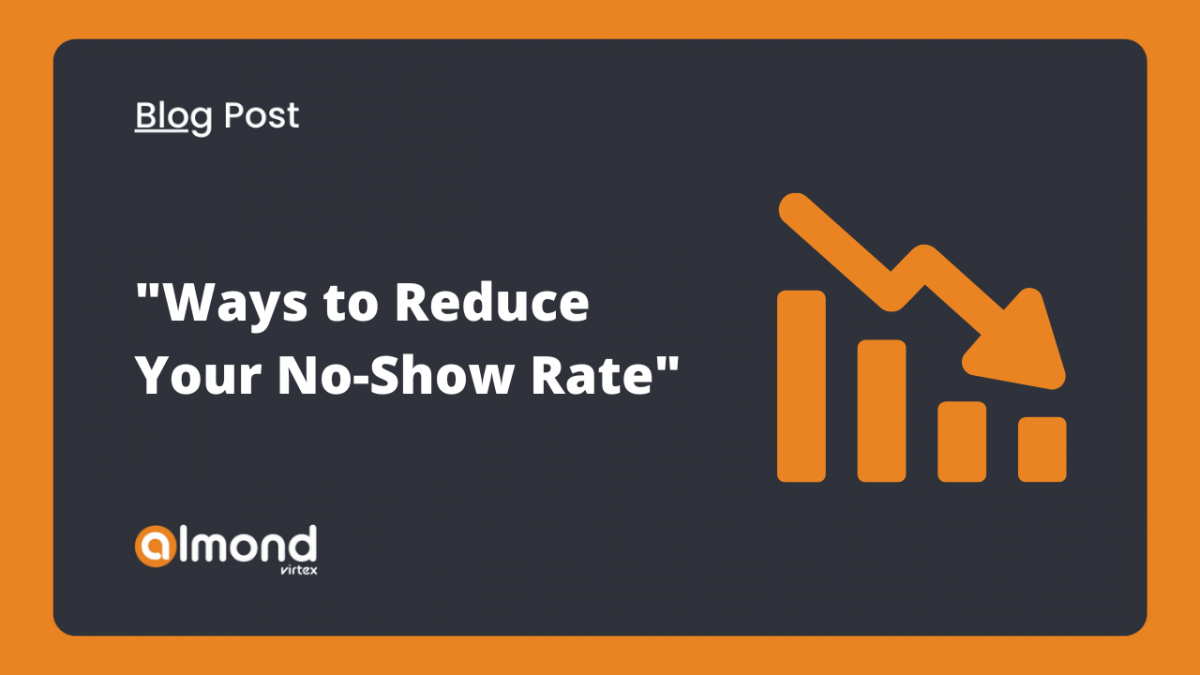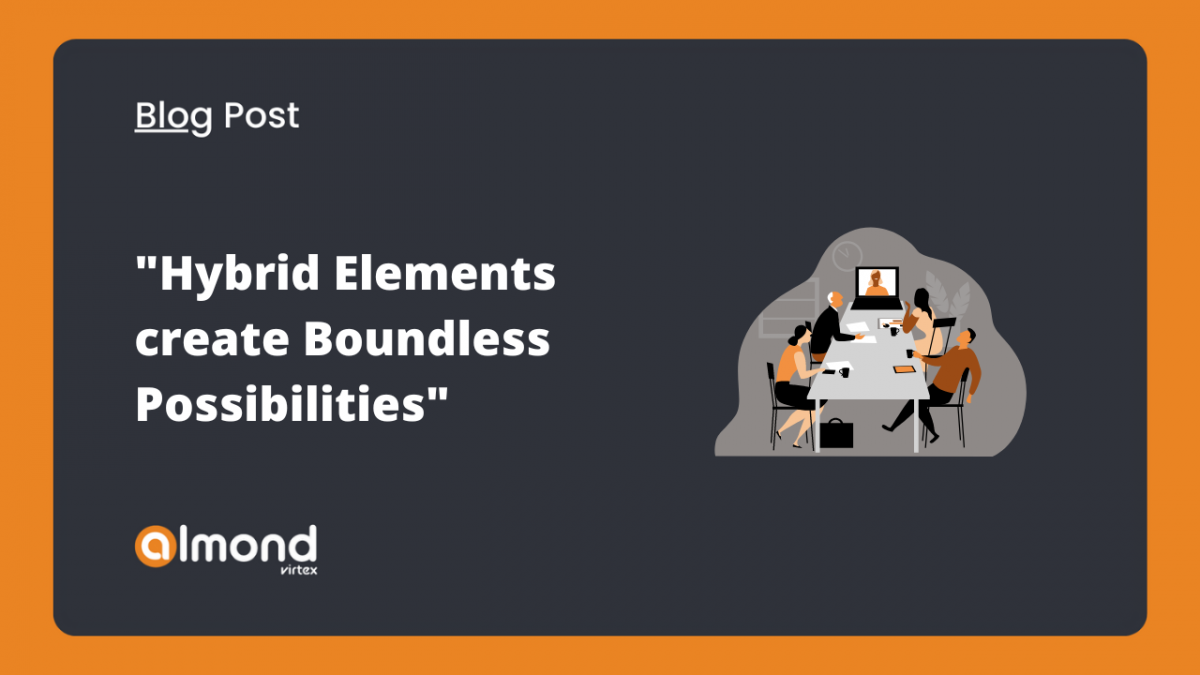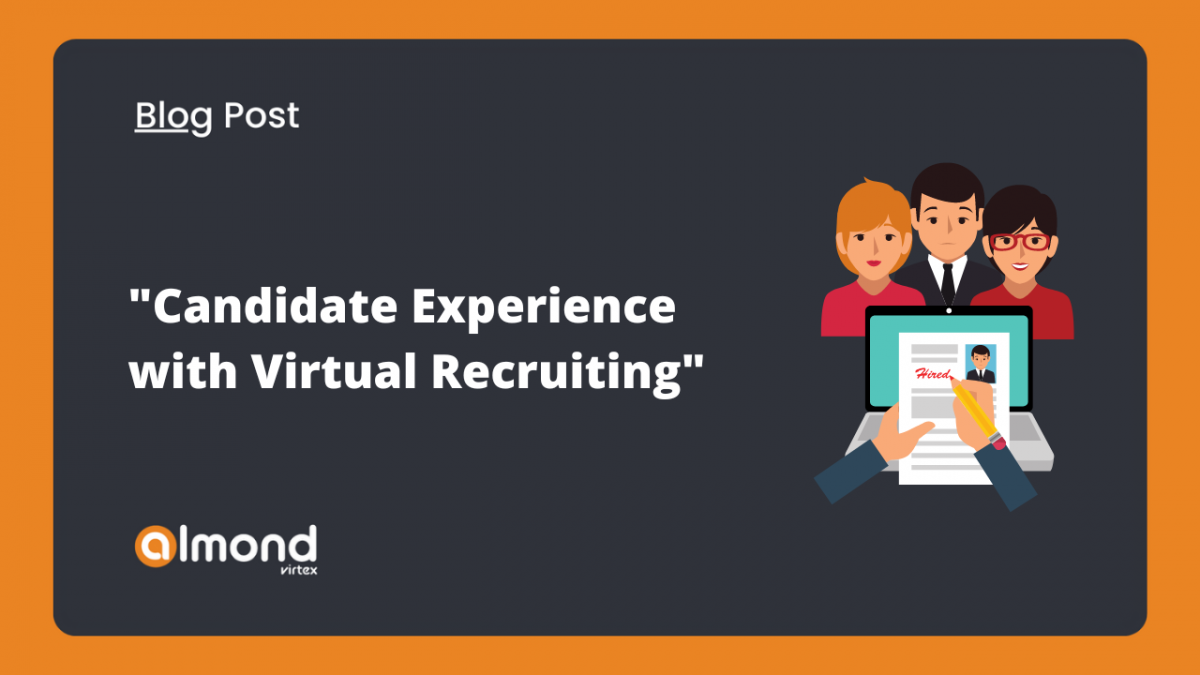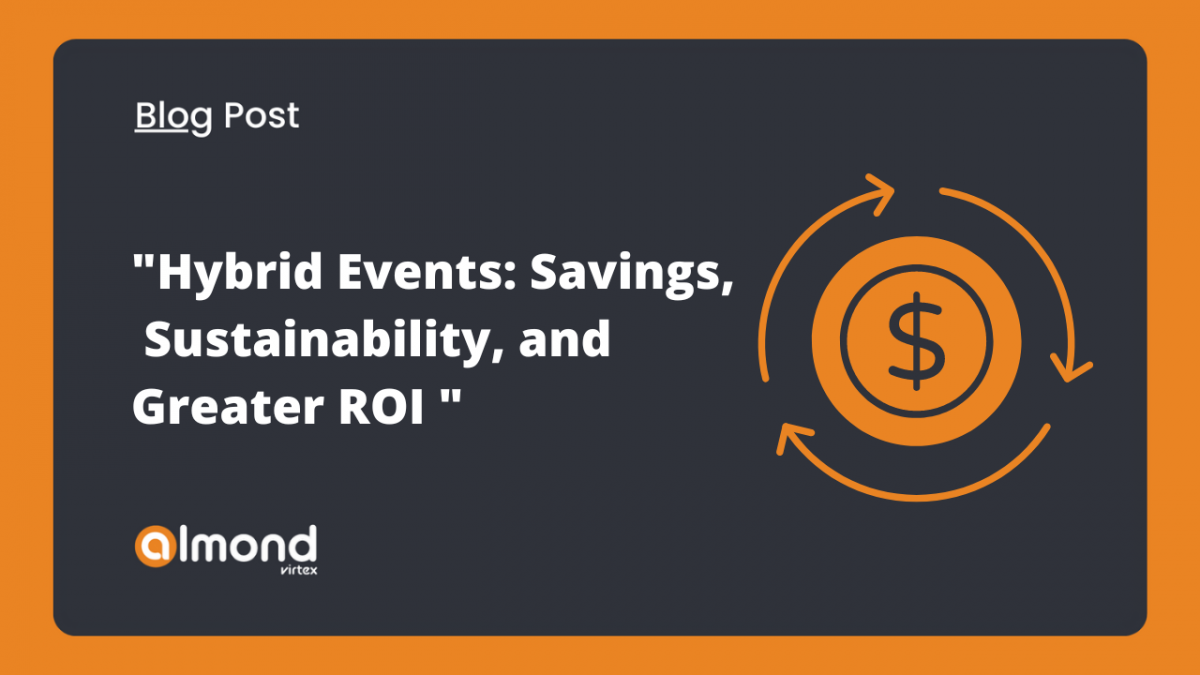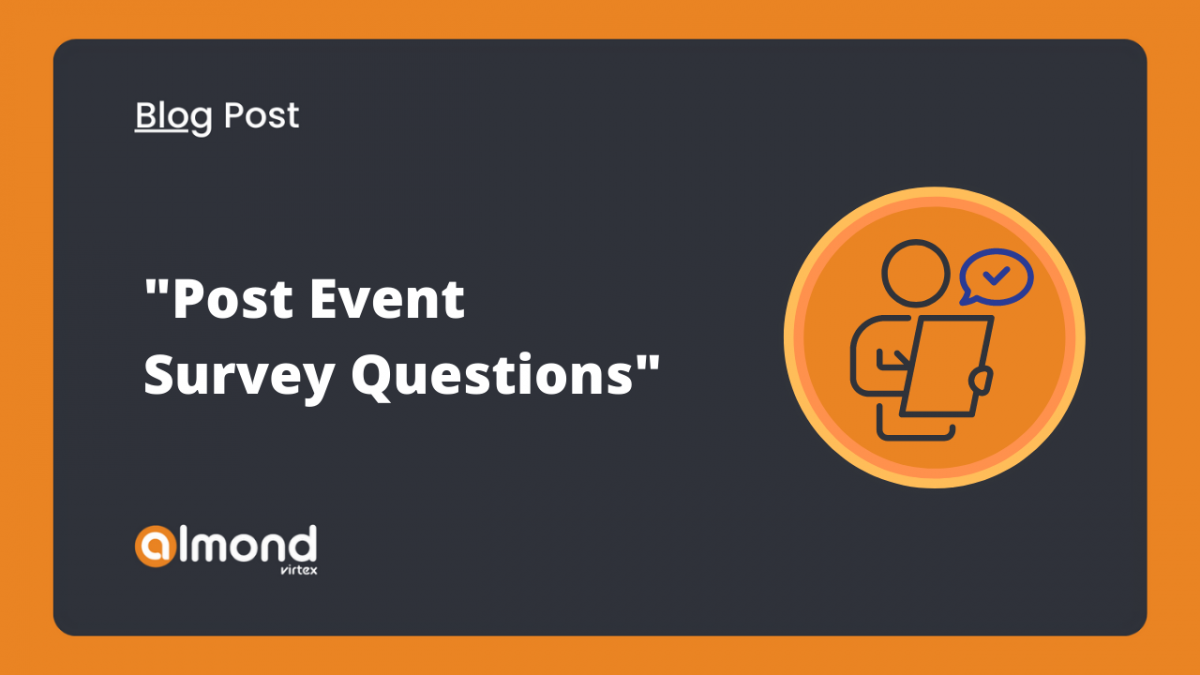Virtual Events: 6 Ways to Reduce Your No-Show Rate
All events have a no-show rate—regardless of whether it’s in-person or virtual events. But sometimes, the no-show rate is higher for virtual events because your audience may not see the value of attending an event they can’t attend in person. Preventing no-shows is crucial to minimizing the number of missed opportunities but can be challenging in a corporate environment where powering off your laptop and walking away isn’t an option.
Why don’t people show up for events?
There are plenty of reasons why your no-show rate is high. Your attendees might have different priorities, or they might not feel a connection with the event’s topic. No matter what the case, you need to change this if you want more people to show up on time.
Here are six tips on reducing your no-show rate and ultimately having a better time at your events, no matter what.
Organize a Paid Virtual Event
A free event is easy to ignore. When attendees have no investment in the event, it doesn’t feel as valuable. This can lead your attendees to ignore or forget about your event. At the same time, your attendees don’t lose anything from not attending, so they may only participate if they get a reminder. This isn’t the case with a paid event. Attendees are more motivated to participate in the event and get their money’s worth.
Create FOMO
Creating FOMO (fear of missing out) is a popular way to market an event, mainly if there’s something particular drawing people’s attention. FOMO attempts to make the event attendees feel like they need to attend, or else they will miss out on something good.
One tried and authentic way of getting people excited about an event is the post-registration campaign, which will interest your current attendees while also reassuring them that they made the right choice. These efforts ensure that your attendees stay excited about the event, even after registering. Unlike pre-registration efforts, which often focus on building your website’s attendee list, post-registration campaigns are carried out exclusively on social media and email capture forms.
Virtual Event Bags
Goodie bags are a great way to acknowledge your virtual event delegates and give them a little something to look forward to once the event begins. Giving out goodie bags to your corporate event guests is not just cost-effective; it’s also an easy way to start engaging with your business network before your virtual conference actually kicks off.
For example, you could send goodie bags with essential promotional items and branded merchandise to your prospects before their virtual event; this is also called a lead nurturing tactic. Or you can use event bags as part of your event registration process by sending them out to your registered attendees.
Gamification
Learning is all about fun. But what if it could be a game too? If you’re following the latest trends in event marketing, you’ve probably heard the term gamification gets tossed around quite a bit lately.
A Gamification strategy is one of the best ways to get your attendees to engage with one another. And the good news is that there are a bunch of different types of gamifications in the virtual event platforms you can use. Deciding what kind you want for your event depends on your goals.
Live Polling and Q&A
Live polling allows you to interact with your audience during the event. Audience members can reply to questions, comment on content, answer polls, and even submit questions. Also, this feedback is available in real-time, so it’s easier to see what’s working and what isn’t as your event unfolds.
And it’s not hard to do – most virtual event platforms like Almond Virtex support these tools.
Personalized Event Content
Content planning is a big part of any successful event. Deciding which speakers to book, topics to cover and specific content you want to cover is critical to making the event successful.
Focus groups can help you understand and reach your audience more accurately. Focus groups are set up at many events to test and evaluate specific products or services. But why do that when you can ask your audience what they’d like from you? Focus groups will help you figure out what kinds of speakers would be most successful for your event, the types of content your attendees want the most and, depending on how you structure the sessions, what topics people would like to see covered.
